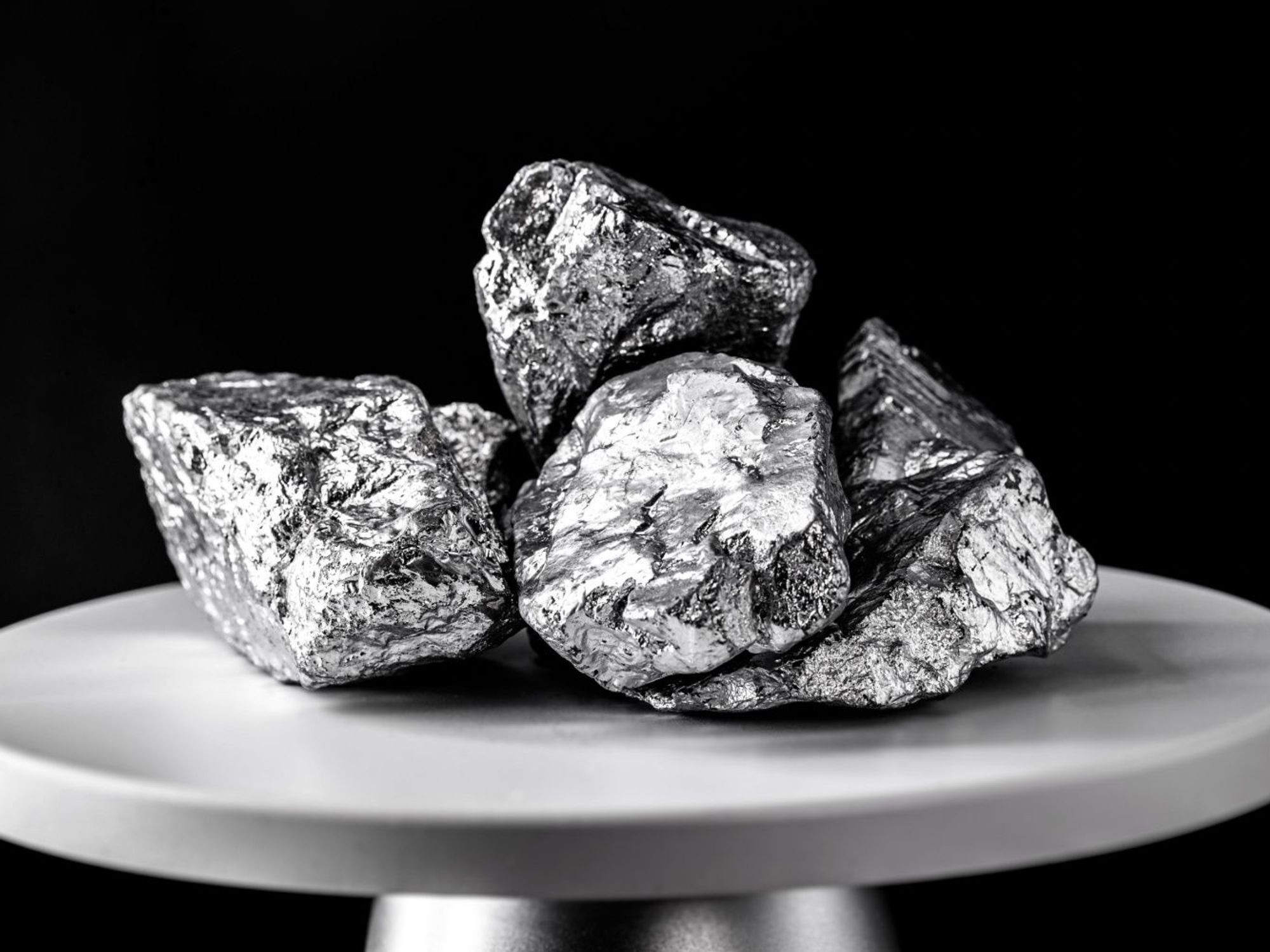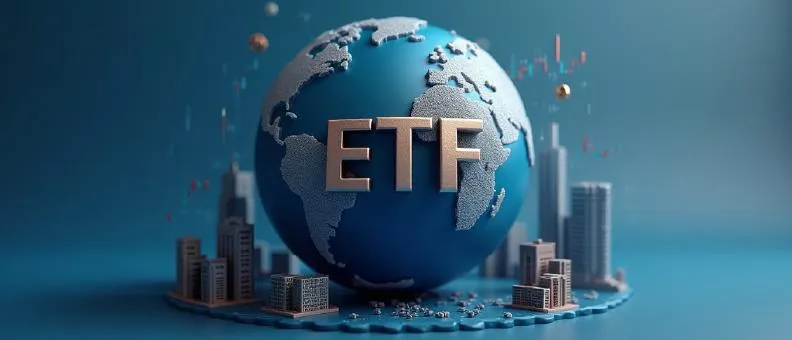The rise of platinum’s shine
For decades, gold has been the go-to metal for safety and stability. But in recent months, another precious metal has been quietly outpacing it — platinum. Often seen as gold’s lesser-known cousin, platinum has surged nearly 85% this year, far ahead of gold’s 52% rise. And investors are finally starting to take notice.

What makes platinum so special? Unlike gold, which thrives on emotion, trust, and centuries of history, platinum is all about chemistry, scarcity, and industrial demand. It is one of the rarest elements on Earth, so rare that most of the global supply comes from just one region — the Bushveld Complex in South Africa, responsible for nearly 70% of production.
Extracting platinum is extremely complex. For every 10 tonnes of ore mined, only a few grams of pure metal are produced, often taking months to refine. That scarcity alone makes it one of the most valuable metals known to science and industry.
The science behind the surge
Platinum’s strength lies not just in its rarity but in its use. About 40% of all platinum mined every year goes into catalytic converters in vehicles, which reduce harmful emissions. Automakers once preferred palladium, but as its price skyrocketed past 3000 dollars an ounce, manufacturers began switching back to platinum.
This shift has created a fresh wave of demand, adding hundreds of thousands of ounces to global consumption this year. Industrial use has also expanded, with platinum playing a key role in the production of hydrogen fuel cells, which convert hydrogen into clean energy. Governments around the world are investing heavily in green hydrogen technology, making platinum a quiet but crucial player in the clean energy transition.
Meanwhile, jewellery and investment demand contribute around one third of total usage. From engagement rings to high-end watches, platinum continues to hold its own in the luxury market.

The global supply crunch
On the other side of the equation lies supply — and that is where things get even more interesting. South Africa’s deep and ageing mines are struggling with frequent power cuts, flooding, and low reinvestment. Russia, the second-largest supplier, faces export sanctions and infrastructure issues.
According to the World Platinum Investment Council, the world faced a supply deficit of nearly one million ounces last year — one of the largest on record. Even with prices rising, miners have been slow to expand or modernise operations, meaning the shortage could persist for years.
Why platinum isn’t gold’s rival just yet
Despite all this, platinum remains a niche investment compared to gold. Central banks do not hold it in their reserves, and it lacks the liquidity and historical trust that make gold a true global currency.
Gold’s reputation as a safe haven asset comes from thousands of years of use as money, and it remains the standard for reserve stability. Platinum, however, is more industrial than monetary. When economies slow down, its demand dips sharply. This is why its prices have crashed during past recessions — including the 2008 financial crisis and the 2015 Dieselgate scandal that dented diesel vehicle sales in Europe.
In essence, platinum’s value is driven by utility, while gold’s value is driven by belief. When uncertainty rises, investors rush to gold, not platinum.

The investment perspective
For Indian investors, platinum remains an underexplored asset. There is no dedicated exchange-traded fund for it in India yet, though physical bars and coins are available from select dealers. Global ETFs do exist, but liquidity remains low.
Buying physical platinum incurs a 3% GST and is subject to capital gains tax when sold. That makes it less attractive than gold on paper, but for long-term investors seeking diversification, it can serve as an interesting speculative asset — a mix of scarcity, industrial importance, and environmental relevance.
However, volatility is part of the deal. Platinum reacts strongly to economic cycles, energy crises, and automotive trends. Yet with limited new mining projects and rising demand from the clean energy sector, the supply-demand imbalance could drive prices further upward in the coming years.
The final word
Platinum may never replace gold as the world’s financial anchor, but it is earning its place as a modern hedge on technology and scarcity. It is the metal of the future — one that fuels engines, cleans air, and powers the next generation of energy systems.
For investors willing to handle short-term swings, platinum offers an intriguing long-term story. It is not just another shiny metal — it is the chemistry of progress wrapped in rarity.
Follow You Finance on Instagram and Facebook for the latest updates on personal finance, investing insights, and market trends that matter to you.















